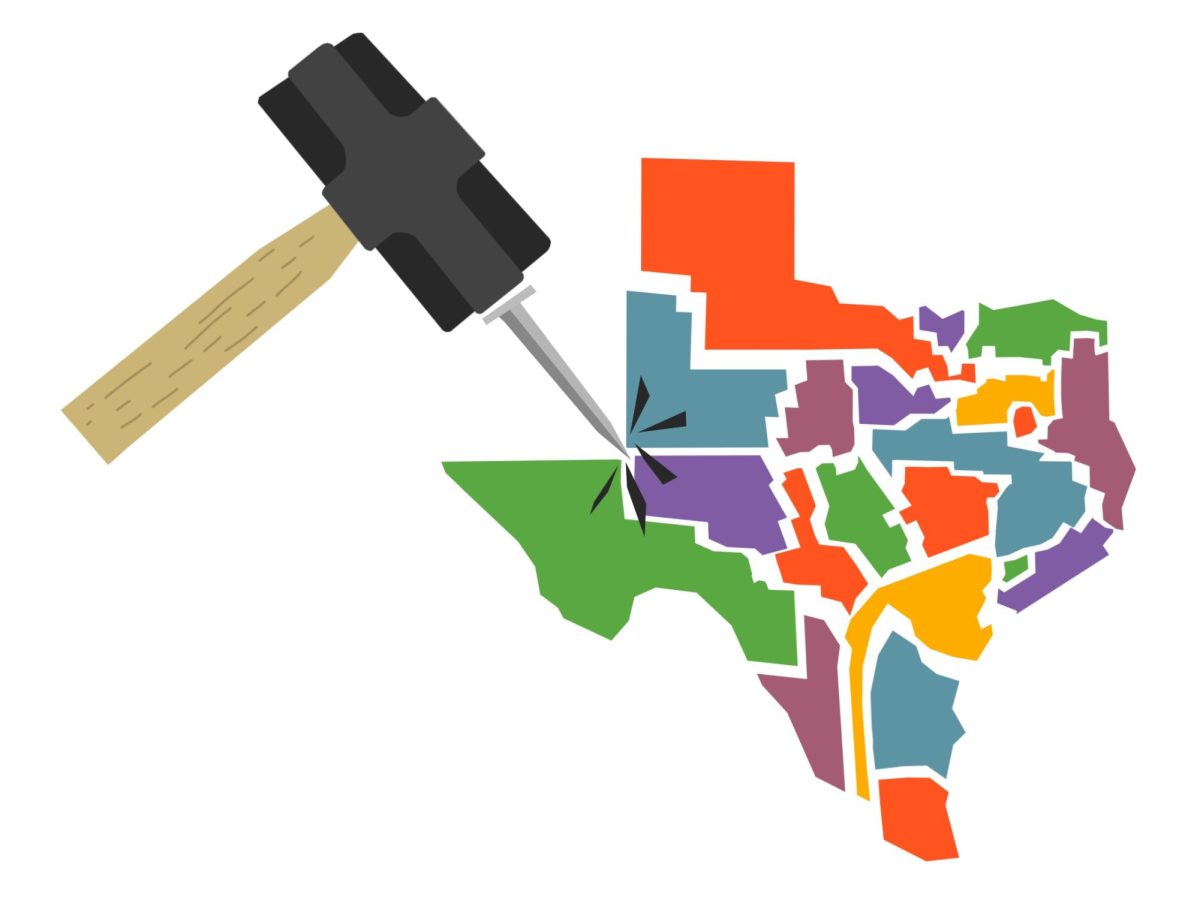Sometimes, it’s hard to look in the mirror. While staring at your own face it’s easy to fixate on your flaws—zits, discoloration, asymmetry, you name it. Even harder, however, is standing in front of a camera. You have no control over when the shutter is clicked, and your face can be distorted past the point of recognition. Nothing was more stressful to me than having my picture taken, that is until I embraced the art of the selfie.
“Selfie,” Oxford English Dictionary’s 2013 word of the year, means any self-portrait style photograph taken with a digital camera or, more commonly, a cell phone. Selfies and social media tend to go hand in hand and are constantly criticized as being prime examples of narcissism.
In a Daily Lounge article entitled “Science confirms that selfies are the worst,” author Chris O’Shea concludes that: “It’s also worth remembering that selfies are the worst, so just stop it already. Please plug the hole in your self esteem with something else, and leave our social network feeds alone.” That is some pretty extreme criticism for something as harmless as a self portrait.
Selfies for me are less about vying for the approval of others through “likes” and “retweets” and more about embracing the way I look (though I admit it does feel pretty good raking in the “likes” on a selfie.) I don’t think selfies directly correlate to vanity, either. Personally, I find it empowering to see so many people comfortable enough with the way they look to post a picture of themselves for anyone to see. While it’s true that many selfies are not 100 percent natural, I see no harm in adding a little Amaro or lo-fi filter to make your skin look better or to accentuate the color of your eyes.
Selfies are also great tools for communication. Getting your point across through text alone can be difficult, so including a selfie more accurately illustrates the tone of the message. Actor James Franco wrote in his New York Times op-ed piece defending his use of selfies on social media: “As our social lives become more electronic, we become more adept at interpreting social media. A texting conversation might fall short of communicating how you are feeling, but a selfie might make everything clear in an instant. Selfies are tools of communication more than marks of vanity (but yes, they can be a little vain).”
Additionally, selfies aren’t embraced by just adolescent avid Instagramers but also by politicians, like Barack Obama and David Cameron; scientists, including Bill Nye and Neil deGrasse Tyson, and, of course, celebrities. In fact, the selfie orchestrated by Ellen Degeneres at the 86th Academy Awards became the most retweeted image in social-media history and spawned hundreds of copycats.
Perhaps a thousand years from now, cultural anthropologists may interpret these images as an indication that this era of the human race was entirely self-obsessed. I know that, however, I feel confident in my appearance, whether through sending hideous triple-chinned snapchats to my friend or posting a massive group selfie in front of some historical landmark. This trend hasn’t warped my ego or fed my sense of importance; it has simply helped me love myself-ie.






